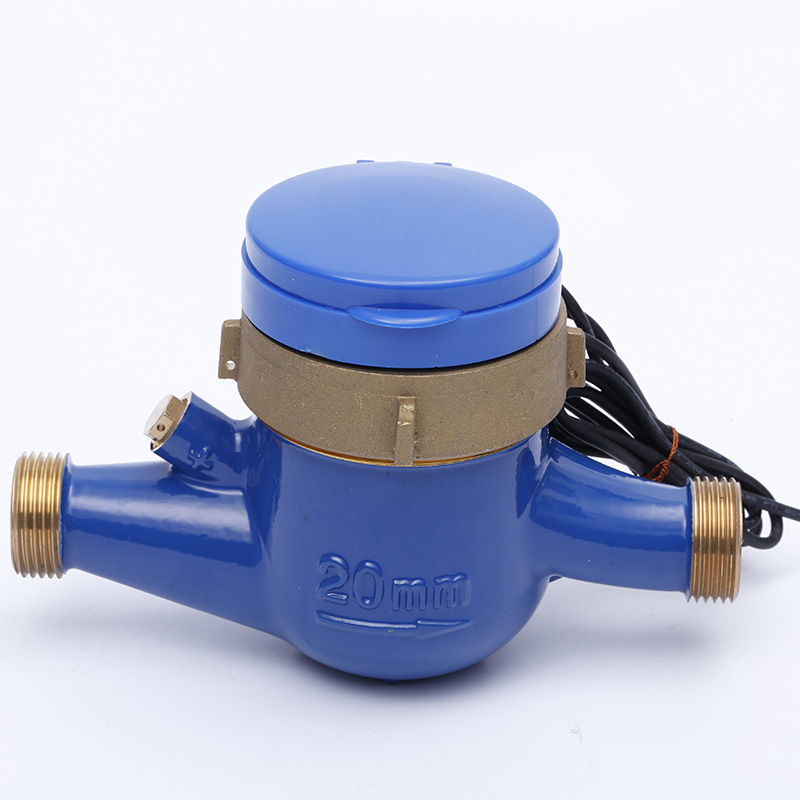How to read your water meter and check for leaks
2024-05-23
Reading your water meter and checking for leaks is a straightforward process that can help you monitor your water usage and identify any issues early. Here’s a step-by-step guide to help you with this task:

Reading Your Water Meter
1. Locate the Meter:
- Residential: Typically found near the street in a concrete box labeled “water,” or inside the house in the basement or utility area.
- Commercial: Usually found in utility rooms or meter rooms.
2. Identify the Meter Type:
- Analog Meter: Has a series of dials that resemble clock faces, or a single dial with a large sweep hand.
- Digital Meter: Displays the reading on a digital screen.
3. Read the Meter:
- Analog Meter:
- Dial Type: Read each dial from left to right. If a hand is between two numbers, use the lower number.
- Odometer Type: Read the numbers shown on the series of small rotating wheels, like an odometer in a car.
- Digital Meter:
- Simply read the digits displayed on the screen. Some digital meters may cycle through different readings (gallons, flow rate, etc.), so note the correct one.
4. Record the Reading:
- Write down the current reading, noting the date and time. This will help you track your water usage over time.
Checking for Leaks
1. Turn Off All Water Fixtures:
- Ensure no water is being used inside or outside your home (no running faucets, toilets, washing machines, etc.).
2. Observe the Meter:
- Analog Meter: Check the small leak detection dial (a triangular or star-shaped indicator). If it’s moving, there’s a leak.
- Digital Meter: Look for a leak indicator (often a dripping faucet icon). If it shows a leak, water is being used.
3. Record Initial Reading:
- Write down the meter reading and wait for a period (15-30 minutes) without using any water.
4. Recheck the Meter:
- If the reading has changed, there’s a leak in the system.
Finding the Source of the Leak
1. Toilet Leaks:
- Add a few drops of food coloring to the toilet tank. Wait 15-30 minutes without flushing. If the color appears in the bowl, the toilet has a leak (likely the flapper).
2. Faucet Leaks:
- Check for drips from faucets and showerheads. Replace worn washers or cartridges if needed.
3. Outdoor Leaks:
- Inspect garden hoses, irrigation systems, and outdoor spigots for leaks. Replace or repair any damaged parts.
4. Inspect Pipes and Appliances:
- Check visible pipes under sinks, in basements, or crawl spaces for signs of leaks (water stains, mold, dampness).
- Look at appliances like water heaters, dishwashers, and washing machines for any leaks or moisture around them.
Additional Tips
- Monitor Regularly: Check your meter and water usage regularly to catch leaks early and save on water bills.
- Professional Help: If you cannot locate the leak or it’s in an inaccessible area, consider hiring a professional plumber for assistance.
Conclusion
Regularly reading your water meter and checking for leaks can help you manage your water usage efficiently and identify problems early. By following these steps, you can ensure your water system is functioning properly and avoid unnecessary water waste and high utility bills.


